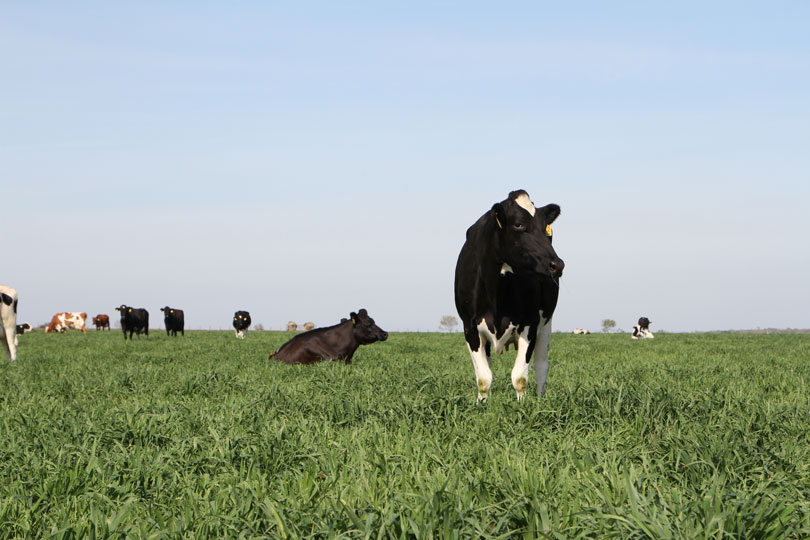By Jennifer Dorsett
Field Editor
More dairy cows are being harvested as demand for milk decreases but demand for economical meat cuts increases.
Although the meatpacking industry is facing a slowdown due to COVID-19 outbreaks, the number of dairy cattle being sold to slaughterhouses increased 2.3 percent nationally in the past four weeks, according to market analyst company INTL FCStone.
Retail demand for affordable cuts like ground beef has risen sharply, INTL FCStone Senior Broker Dave Kurzawski said. That is a market option for dairy farmers who need to shrink herds.
“Lean ground beef, principally from dairy cows, has become the prime meat of the day,” Kurzawski said. “It can be ground up and used in what would be considered ground beef and ground chuck.”
He added that dairies could reduce the American milking herd by as many as 90,000 animals this year.
The COVID-19 pandemic hit dairies in a year when farmers had hoped to see some market stabilization and better prices. The dairy industry has been fighting a years-long decline in fluid milk consumption, and many Midwest states have seen record numbers of dairies going out of business.
But despite increased retail demand as people stay at home in record numbers, the surge in milk consumption at home has not made up for the sudden decrease in sales to foodservice and schools, the traditional big buyers of dairy products.
The abrupt drop-off in demand comes at a time of year when dairy cattle are highly productive, said Texas Association of Dairymen Executive Director Darren Turley.
He noted the decrease in milk futures prices combined with an increased demand for affordable beef will likely impact Texas dairy herds to some degree but not as much as in other states where dairies were struggling prior to the pandemic.
“I’d expect to see a slight increase in animals going to slaughter [in Texas],” Turley said.
In times of falling prices and reduced demand, there are few options dairy farmers can pursue, according to David Darr, senior vice president and chief strategy and sustainability officer for Dairy Farmers of America.
Darr said farmers can change dairy cattle’s diets to lower productivity, extend the period of non-lactation when cows don’t produce milk or sell off animals.
“We’ve seen some farms who are using a combination of all three of those within their herds to adjust production,” Darr said. “There are some farms who are looking at addressing their milk production by removing some animals from their herds.”
The true impact of the pandemic probably won’t be fully realized for another month or two, Darr added.

